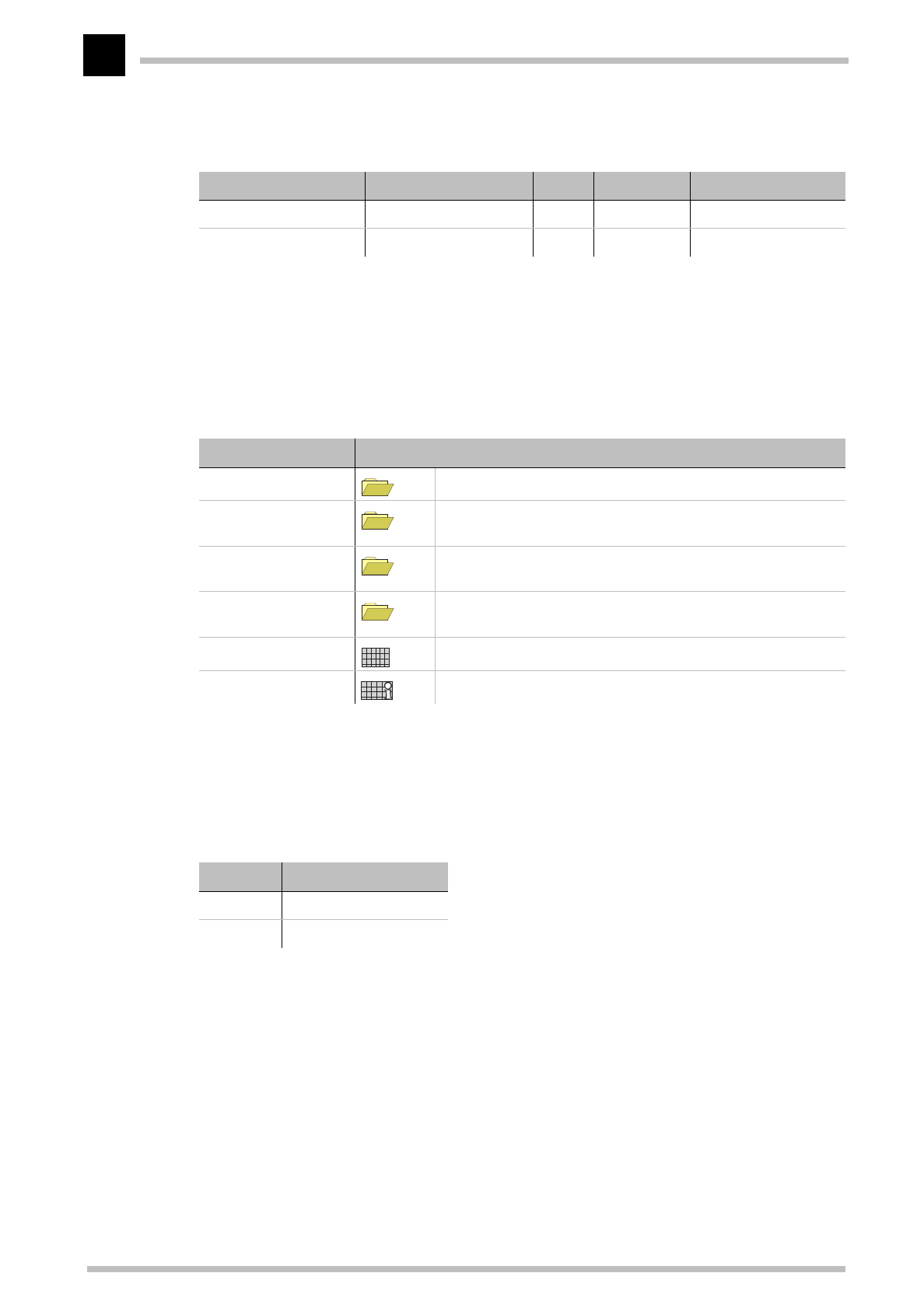
Description of the menu options
ELSA MicroLink Cable
R98
An IP-RIP routing table might, for example, have the following appearance:
Cable-RIP
LAN-RIP
Select whether RIP packets should be sent into the LAN or cable network here.
Setup/IP-router-module/Masquerading
This menu allows you to enter settings for the masquerading function. The menu has the
following layout:
Service-table
The use of inverse masquerading makes 'services' (e.g. a file server) selectively visible in
the Internet by entering specified ports in the service table in the IP network, while all
other services and computers remain invisible from the local network (see also 'IP
Masquerading (NAT, PAT)' on page 31). The service table (also called the static
masquerading table) can contain up to 16 entries and has the following layout:
The different columns have the following meaning:
D-port: Destination port for the particular entry
Intranet-addr.: Destination IP address for the computer in the local network
Through this assignment, it is possible, for example, to address the relevant service
directly via telnet. Enter the IP address of the router and attach the port number,
separated by a colon, to the address.
You can use the command
IP-address IP netmask Time Distance Router
223.245.254.0 255.255.255.0 1 1 192.38.9.100
223.245.257.0 255.255.255.0 1 1 192.38.9.200
/Masquerading Settings for IP masquerading
Operating Masquerading function on or off
TCP-aging-second(s) Time in seconds after which a TCP masquerading becomes
invalid
UDP-aging-second(s) Time in seconds after which a UDP masquerading becomes
invalid
ICMP-aging-second(s) Time in seconds after which an ICMP masquerading becomes
invalid
Service-table Static masquerading table
Table-masquerading Dynamic masquerading table
D-port Intranet-addr.
20 10.1.1.10
21 10.1.1.10


















